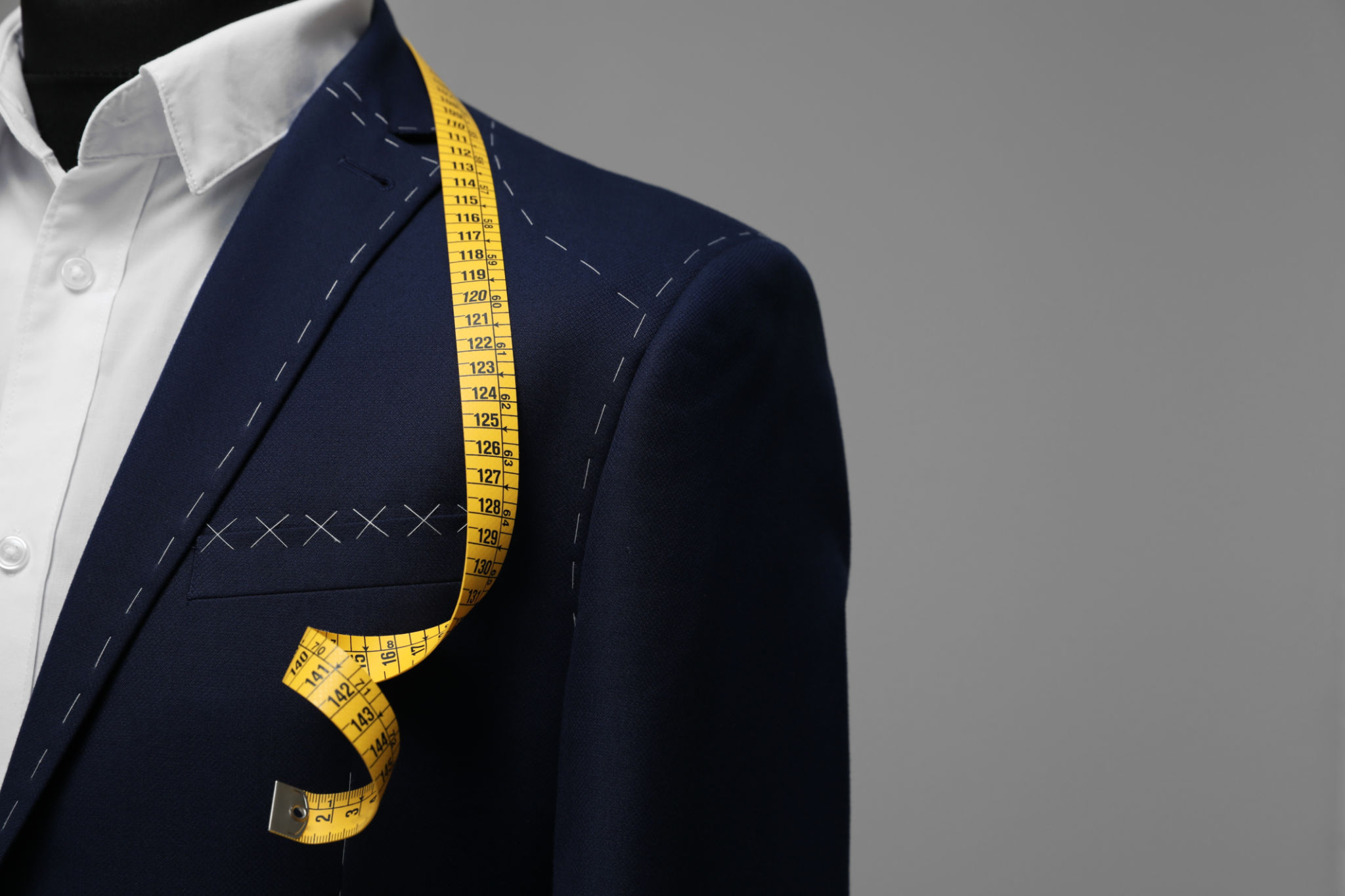Step-by-Step: Altering Your Indian Suit for a Perfect Fit
Understanding the Basics of Indian Suits
Indian suits, known for their elegance and cultural significance, often require a perfect fit to enhance their beauty. These traditional attires include a variety of styles, such as salwar kameez, anarkali suits, and lehengas. Each piece brings its unique charm, but achieving that ideal fit can sometimes be challenging. In this guide, we will walk you through the process of altering your Indian suit to ensure it fits like a glove.

Gathering the Necessary Tools
Before you begin the alteration process, it's essential to gather all the required tools. You'll need a measuring tape, scissors, pins, a needle, matching threads, and a sewing machine if you have one. These tools will help you make precise alterations without damaging the fabric. Remember, having the right tools is crucial for achieving a professional look.
Measuring for the Perfect Fit
The first step in altering your Indian suit is to take accurate measurements. Start by measuring your bust, waist, and hips. Ensure that you or someone else takes these measurements while you are standing straight and relaxed. Note the measurements down and compare them with the suit's current dimensions to determine the necessary adjustments.

Adjusting the Length
Many Indian suits require length adjustments to match your height or style preference. For kurtas or kameez, mark the desired length with pins and cut off any excess fabric carefully. If you're altering a lehenga, ensure that the hemline falls perfectly at your ankles when paired with the intended footwear. Always remember to leave some extra fabric for seam allowances while cutting.
Taking In or Letting Out Seams
If your suit feels too tight or too loose, altering the side seams can help. For a snug fit, turn the garment inside out and pin along the seams where you want to take in the fabric. Use a sewing machine to stitch along the pinned line and cut away any extra material. Conversely, if you need more space, carefully unpick the existing seams and sew them back with a narrower seam allowance.

Adjusting Sleeves and Necklines
Sleeves and necklines are often overlooked during alterations but play a significant role in comfort and style. For sleeves, determine if they need to be shortened or tightened and make alterations following the same seam techniques. When adjusting necklines, ensure that any changes maintain the garment's style integrity while improving comfort.
Final Touches and Fittings
Once you've completed the major adjustments, try on your suit to ensure everything fits as expected. Check for any areas that may still need minor tweaks. Pay attention to how the garment feels when you move; comfort is as important as appearance. Make any final stitching or hemming as needed.
Caring for Your Altered Suit
After you’ve achieved the perfect fit, caring for your altered Indian suit is crucial for maintaining its appearance. Always follow the fabric care instructions on the label. Consider hand washing delicate fabrics and store your suits in a cool, dry place to prevent any damage.

Conclusion: Confidence in Your Fit
Altering an Indian suit may seem daunting at first, but with patience and attention to detail, you can transform your attire into something that fits perfectly and looks stunning. A well-fitted suit not only enhances your appearance but also boosts your confidence, allowing you to wear your cultural heritage with pride.